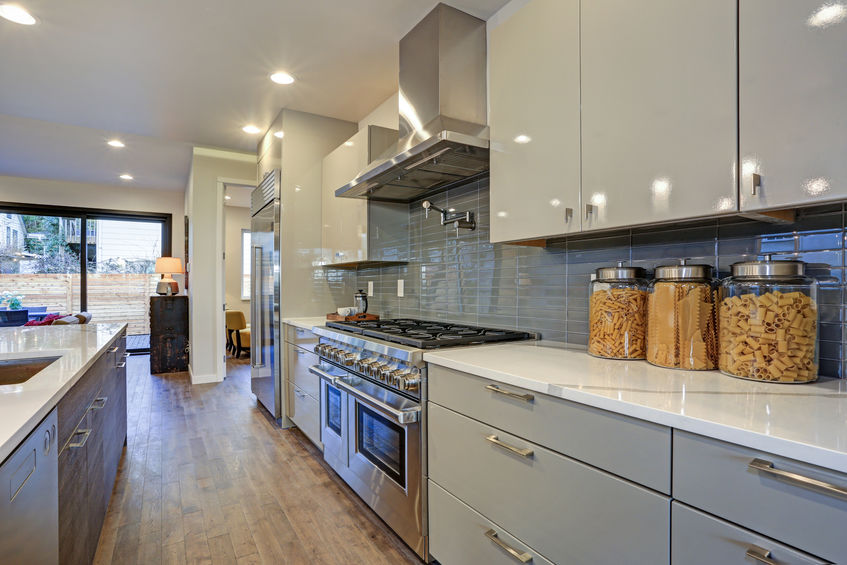
- Cost Effectiveness
A vented range hood or what is sometimes known as a ducted range hood is more economical when it comes to the use of power. It has a fan that does not blow so hard since hot gases from your kitchen, especially when frying or grilling food, are picked up by the blower and directed outside the house and new fresh and less humid air is let in. Much of the hot gases direct themselves to the outside, hence the range hood’s fan requires less blowing. This translates to some savings as far as utility bills are concerned.
Unvented or what is often called a ductless range hood has a fan that requires a lot of blowing to clean the hot gases of grease particles and then re-circulates it back into the room. This will be a little expensive when it comes to utility bills. Fortunately, new technology has come up with ductless range hoods that do not need so much blowing, hence less power usage.
- Convenience
A vented kitchen range hood is undoubtedly more inconvenient since it requires a piping system in place for it to direct the hot gases out of the house. This can be a little hectic for a kitchen in a condo or in an apartment. The whole apartment has to be fitted with the duct, which may pass inside the ceiling or in the walls. In addition, it means that you have to place your range hood and stove just below where the duct passes. This is so much inconvenience especially when you want to do some rearrangements in your kitchen to fit your desires or even when you have a limited kitchen space.
A ductless kitchen range hood is on the other hand is very convenient for every type of kitchen arrangement and size. It can be installed in a kitchen condo or apartment and you do not have to worry about the space of your kitchen area. It can even be placed just below a cabinet, to maximize on the space.
- Functionality
A vented range hood is your preferred choice when factoring the issue of functionality. It works perfectly if maintained well and gives you three functions in one package; cleaning the grease, removing hot air and cooling off the room. Besides fan blowing out the hot gases when you are cooking, the fan takes out with it the grease particles out of the house, reducing chances of grease accumulating in your kitchen or the range hood itself. Most importantly, it helps in cooling the kitchen by letting in fresh cool and less humid air.
On its part, a ductless range hood only removes the hot gases from the kitchen area and re-circulates clean air into the room while grease particles are trapped in wire gauges found in the blower. This means that you need to have an air conditioner in the kitchen to cool off and dehumidify the stove area.
- Maintenance
A ducted range hood does not require frequent maintenance. If well cared for, it can go for quite several years without the need to repair it. The only main major challenge you will face with a vented range hood is that it will be so hard when installing it, after which, you will not be needed to keep replacing the filters.
In contrast, a ductless range hood will need a lot of maintenance since the filters have to be replaced regularly. Alternatively, you can remove the filters and clean them in the dishwasher, to get rid of grease particles.
That being the case, there is no type of range hood among these two that can be said to be perfect. Each has its pros and cons. The choice you make for your kitchen will be determined by what you are looking forward to achieve in your kitchen, as well as its location and space.
